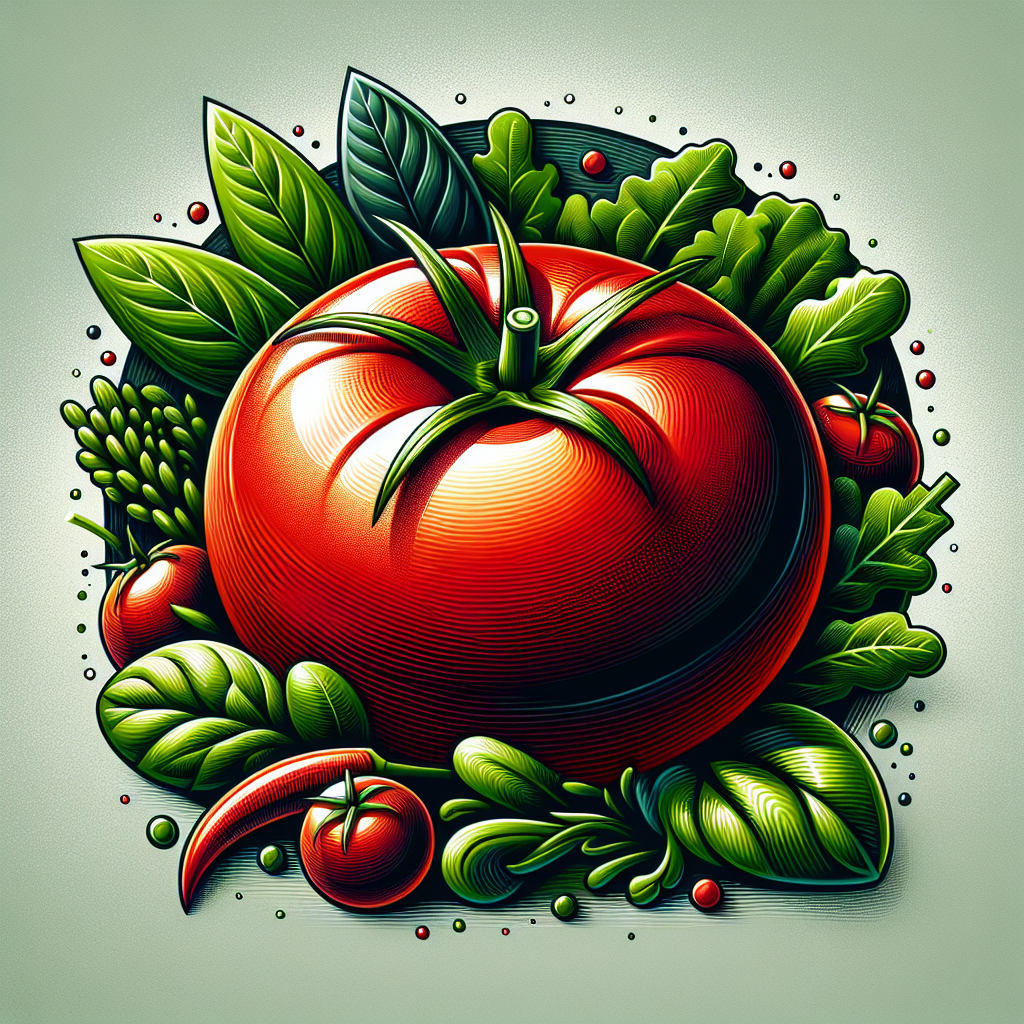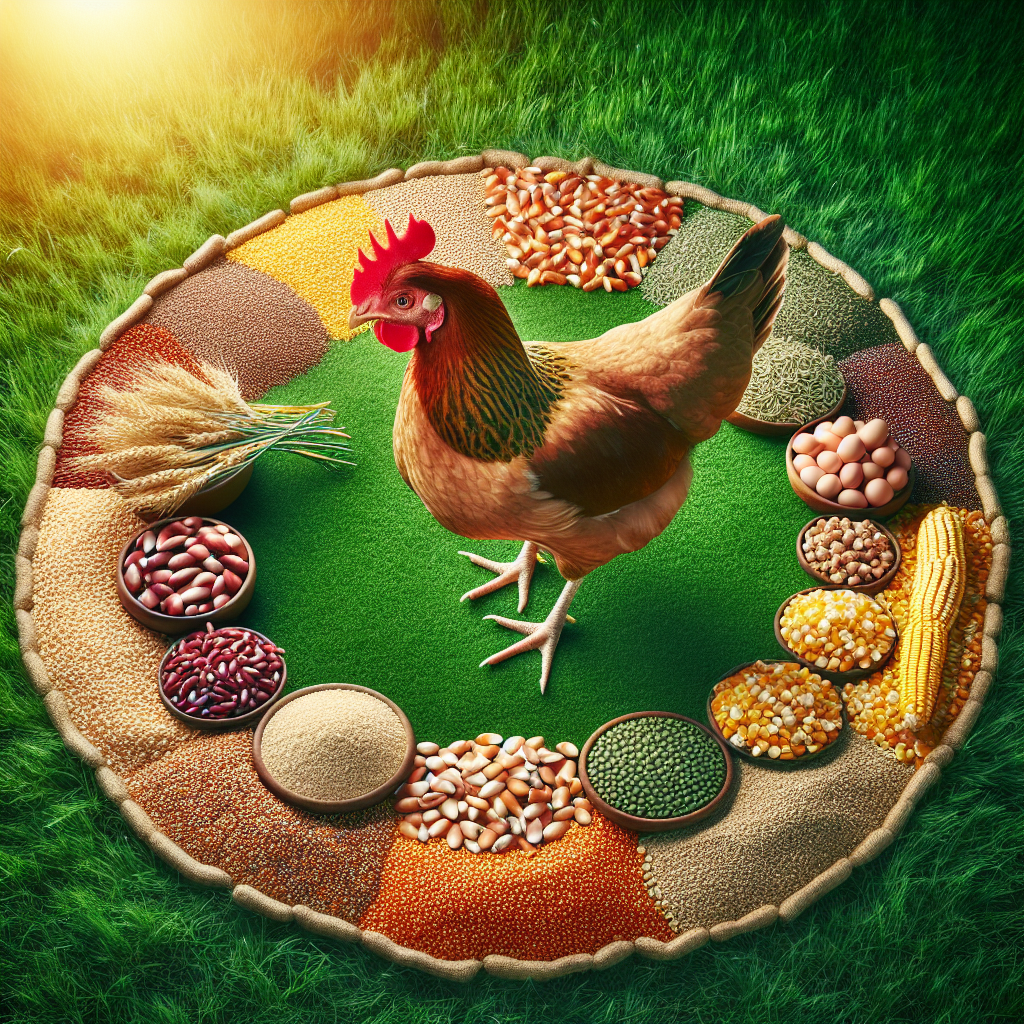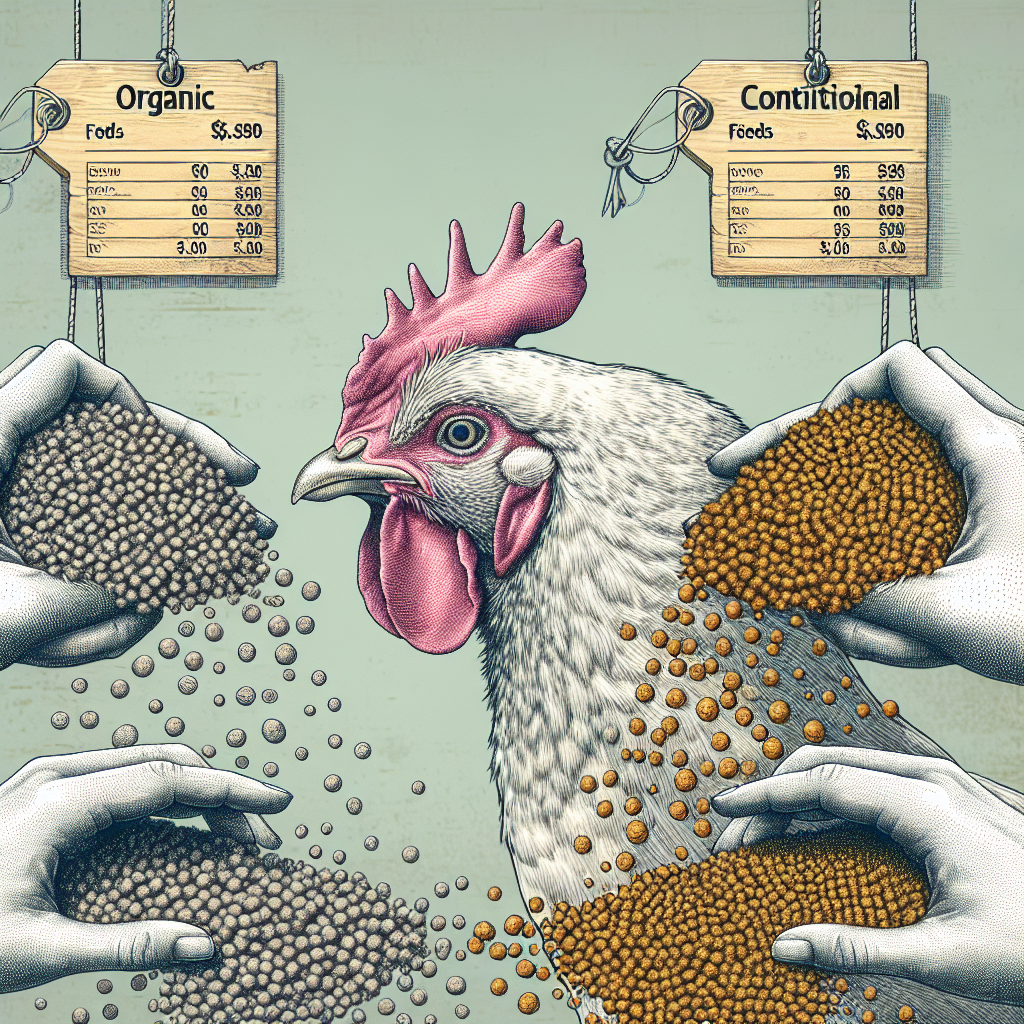In the world of farming and animal husbandry, the question of organic versus non-organic feeds is often at the forefront. But have you ever wondered if there is a significant difference in their shelf life? After all, preserving the quality and nutritional value of animal feeds is crucial for farmers. In this article, we will explore whether organic feeds tend to have a shorter shelf life compared to their non-organic counterparts. So let’s dig into the facts and see what we uncover about the longevity of these two feed options.
Factors Affecting the Shelf Life of Feeds
When it comes to the shelf life of feeds, there are several factors that can come into play. Whether the feeds are organic or non-organic, these factors can influence how long they remain fresh and usable. Some key factors include the quality of the feeds, the packaging used, the presence of preservatives, storage conditions, and the testing and monitoring methods employed.
Quality of Organic Feeds
Organic feeds are produced using organic farming methods, which means they are free from synthetic pesticides, fertilizers, and genetically modified organisms (GMOs). The quality of organic feeds is often associated with their freshness, nutritional content, and overall purity. Due to the absence of synthetic additives, organic feeds may have a shorter shelf life compared to their non-organic counterparts. However, the use of natural preservation methods, such as controlled drying and cooling, can help maintain the quality of organic feeds for a reasonable period.
Quality of Non-organic Feeds
Non-organic feeds, on the other hand, may contain synthetic additives, pesticides, and GMOs. These additives can potentially extend the shelf life of the feeds and enhance their appearance. However, the presence of these additives may raise concerns about the overall quality and potential health risks associated with consuming such feeds. It is crucial for feed manufacturers to ensure the quality and safety of non-organic feeds through proper handling, processing, and storage techniques.
Effects of Packaging on Shelf Life
The type of packaging used for both organic and non-organic feeds can significantly affect their shelf life. Proper packaging plays a vital role in protecting feeds from moisture, oxygen, and other external factors that can cause spoilage and deterioration. Organic feed packaging often focuses on using eco-friendly materials, such as biodegradable bags and containers, which may have limitations in terms of extending the shelf life. Non-organic feeds, on the other hand, may be packaged in materials specifically designed to provide enhanced durability and preservation.
Preservatives in Feeds
Preservatives are commonly used in feeds to inhibit the growth of microorganisms and prevent spoilage. Both organic and non-organic feeds can utilize various types of preservatives. However, their sources and composition may differ. Organic feeds tend to rely on natural preservatives, such as herbs, spices, and essential oils, to maintain their freshness. Non-organic feeds may use chemical preservatives, which have been approved for use and are regulated to ensure their safety and effectiveness.
Natural Preservatives in Organic Feeds
Organic feeds often utilize natural preservatives that not only extend the shelf life but also provide additional health benefits. Ingredients like rosemary, oregano, and garlic have natural antimicrobial properties that can help inhibit the growth of harmful bacteria. These natural preservatives not only contribute to the longevity of organic feeds but also align with the principles of organic farming, which emphasizes the use of natural and sustainable methods.
Use of Chemical Preservatives in Non-organic Feeds
Chemical preservatives are commonly used in non-organic feeds to ensure their extended shelf life. These preservatives can include substances like ethoxyquin, propionic acid, and butylated hydroxytoluene (BHT). While chemical preservatives have been approved for use in animal feeds, concerns about their potential health effects have led to increased scrutiny and regulations. It is important for feed manufacturers to carefully monitor and control the use of chemical preservatives in order to maintain the quality and safety of non-organic feeds.
Storage Conditions and Shelf Life
The storage conditions in which feeds are kept can significantly impact their shelf life. Both organic and non-organic feeds should be stored in cool, dry, and well-ventilated areas to minimize the risk of spoilage and contamination. Exposure to sunlight, excessive heat, and humidity can accelerate the deterioration process and decrease the shelf life of feeds. It is crucial for feed buyers to follow recommended storage guidelines provided by manufacturers to ensure the longevity and quality of the feeds they purchase.
Testing and Monitoring Shelf Life
To ensure the safety and quality of feeds, regular testing and monitoring of their shelf life is essential. Feeds, whether organic or non-organic, should undergo rigorous testing to assess their nutrient content, microbial activity, and overall freshness. This helps identify any potential issues or deviations from the expected shelf life. Proper testing and monitoring ensure that feeds meet the required standards and are safe for consumption by animals.
Important Considerations for Feed Buyers
As a feed buyer, it is important to consider several factors when choosing between organic and non-organic feeds. While organic feeds may have a shorter shelf life, they offer the advantage of being free from synthetic additives and pesticides. Non-organic feeds, on the other hand, may have a longer shelf life due to the use of chemical preservatives but may raise concerns about potential health risks. It is essential to assess your specific needs, the quality and safety regulations in your region, and the storage conditions in which the feeds will be kept before making a decision. Consulting with feed experts and staying updated on relevant research can help you make an informed choice that meets your requirements while ensuring the health and well-being of the animals consuming the feeds.




